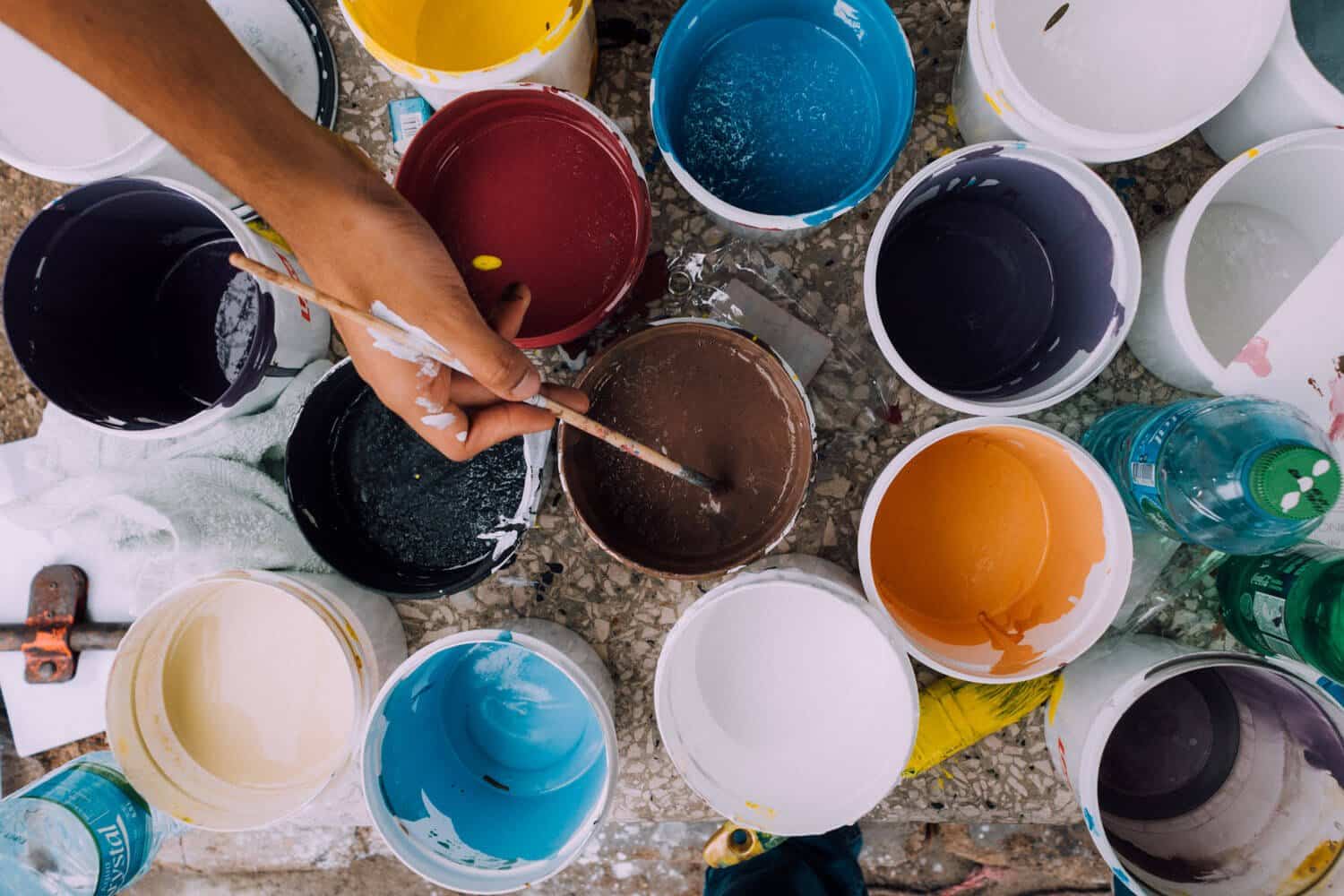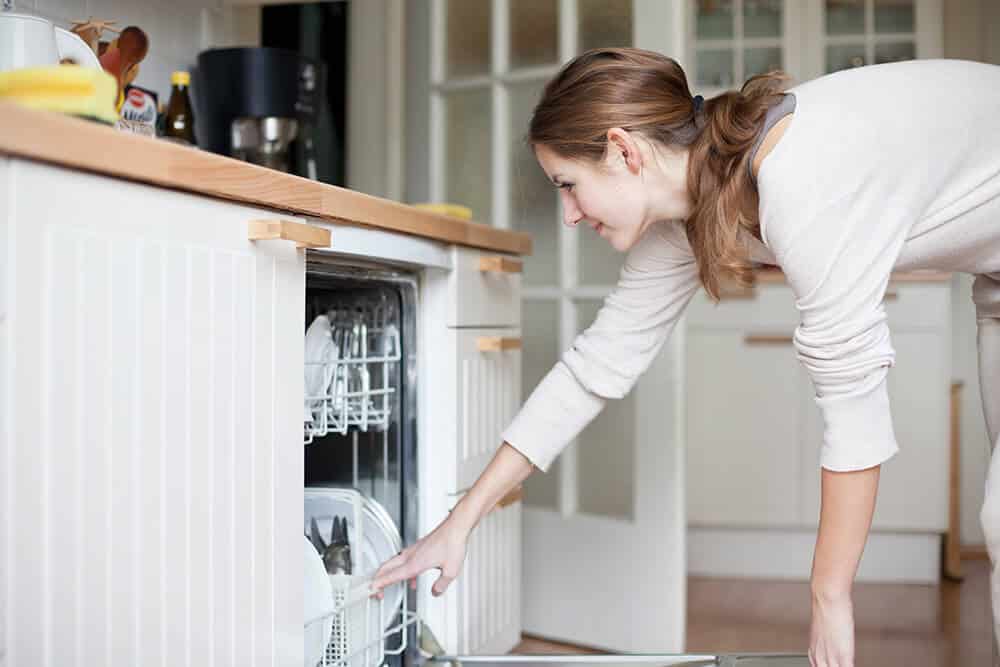It isn’t hard to argue that the most versatile type of paint is acrylic paint.
From acrylic paints quick drying time, easy and quick transport capacity, long lifespan, easy manipulation through mediums, water resistance, easy clean up, minimal investment, and ability of use of different types of media in combination with acrylic paint it is undisputed that it is an exception choice for painting.
Acrylic paint is also a great option for beginner painters – just make sure you get the essential supplies!
Recently one of the more popular social outings amongst groups of friends has been “paint nights”.
A quick log into Facebook and events of this sort are popping up all around with people who have never picked up a paintbrush in their life RSVPing “yes” to dive headfirst into a painting experience.
How exciting is it that an art form which has been around for centuries is suddenly exploding as if painting has just been discovered?
It is the new cool thing to do, and you cannot help but appreciate that people are now becoming interested in painting.
A very cool concept in the new “paint night” phenomenon is the creating of glassware events.
Instead of painting on a canvas, (with acrylics since the artwork is transported into a car to go home once the event is over) attendees paint on glassware, like a wineglass or plates.
Once you have painted your glassware at the event you are instructed to bring the piece home and finish the process in your oven so as to “bake” your artwork on permanently.
If you are not interested in attending one of the social events that are available since they typically cost a decent price to attend, it is relatively easy to have your own glassware “paint night”, or day, or morning… in the pleasure of your own home.
You can even plan your own fun paint night with friends at home if you wanted!
Using acrylic paint on glass is a simple and fun art form, as long as you have the right supplies and follow some fairly easy instructions on how to complete your project.
Other than a wine glass, there are many other types of glass that acrylic paint can be used to decorate.
Some examples of other various glassware to paint on can be vases, various bottles (think mason jars!), mugs, bowls, cake stands, planters, pictures, windows, mirrors, and faux stained glass.
Imagine the possibilities to create a personalized gift for someone special!
It is extremely important to remember to only paint the outside of any glassware items that you will be using to eat or drink out of.
You do not want anyone ingesting your painted piece, especially, if it is a gift you are giving. Non-toxic paint is marketed for its non-toxic effects on breathing, but no paint should ever be ingested.
Ever.
No matter what.
Unless it is edible finger paint that you’ve created for a toddler made with a base of whipped cream (yum).
Your supplies that you will need to paint on your glass piece ranges from the piece itself to what you will want to use to clean up your piece and space you are working on.

Table of Contents
Some Necessary Supplies To Consider When Using Acrylic Paint On Glass
- Your glass – Whichever type of glassware piece that is you choose to be working with.
- Rubbing Alcohol and Cotton Balls, or Paper Towels – To clean the surface thoroughly prior to painting.
- Paintbrushes – Use what you have on hand or visit your local craft store.
- Palette, or a plate to squeeze your paint on.
- Pattern, unless you are working free-hand (kudos to you then!).
- Acrylic Glass Paint or Acrylic Enamel Paint – Specialized acrylic glass paint is easy to use and fortunately does not require using heat to set the artwork. They are water based paints, but not only that, they will naturally have a nice gloss to their finish which will ensure its long-term water resistance.
- Glass and Tile Medium – When using acrylic paint itself it will work on glass, but you absolutely must use a medium to ensure that it stays on for several years. The last thing you want happening is your beautiful painting to deteriorate after a few washings. Using the medium will allow the paint to adhere, or create a “tooth” to the non-porous glass, and have a lasting outcome.
- Clear Medium – A clear medium is useful to thin out the paint that you are using as water is not recommended to think out acrylic paint when it is being used on a non-porous surface like glass.
- Glass Outliner – If you are planning on making a faux stained glass project.
- Glass Paint Markers – Great for little details or writing words.
- Stencil Tape – Only needed if you are doing something maybe with lines, or a certain kind of design that you would like to have a precise clean area once removed.
- Sharpie Pen – This can be used as a touch up pen or even to sign your piece. Do not use a sharpie pen on glassware that you will be eating or drinking out of.
- Spray on Sealant or Varnish – Do not use on pieces that food or drinks will be in. Only to be used with glassware that is for decoration as it is used in place of “baking” on the paint in the oven.

Clean the Glass Surface Before Painting
Once you have gathered all your supplies you must prepare the surface that you are about to embark painting on.
Thoroughly wash the glass in warm soapy water to remove any dirt or dust and rinse and allow the glass to dry.
Next, apply the rubbing alcohol to the cotton ball or paper towel and gently clean the surface of the glass that you will be painting.
Pattern To Paint
Once you’ve cleaned the glass you then will either add your stencil or pattern to the glass or even draw your own outline with a marker that you will be painting.
If you are doing freehand then you can obviously skip this step as it unnecessary. If your glass is clear you can tape your pattern to the inside of the glass and paint on the outside.
Then begin painting away!
Drying Time When You Completed Your Glass Painting
Once your painting is complete, allow the artwork to dry on the glassware for one hour.
How To Ensure That Your Acrylic Paint Remains On The Glass
After the paint is dry to touch, place the glass in your cold oven.
Preheat the oven to 350 degrees, and bake for 30 minutes.
You may need to turn on the exhaust fan from fumes. The 30 minutes includes your preheat time. Allow the glass to cool down in the oven once the 30 minutes are up.
Do not use the piece for at least 72 hours.
Maintaining/Cleaning Your Acrylic Painted Glassware
Your glassware will be top shelf, dishwasher safe.
Do not soak or scrub the glass in the sink.
Always read the directions on your paint bottle that you used to be sure that you are cleaning the glass the recommended way.
Paint All The Things!!
Once completed you will have a beautiful piece that you can either display in your own home, gift to a loved one, or use yourself in your home.
The beautiful transparent quality of acrylic on a clear glass piece is unmatched, and the originality of your own personal design on a vase filled with beautiful spring flowers will be admired by all who witness it.